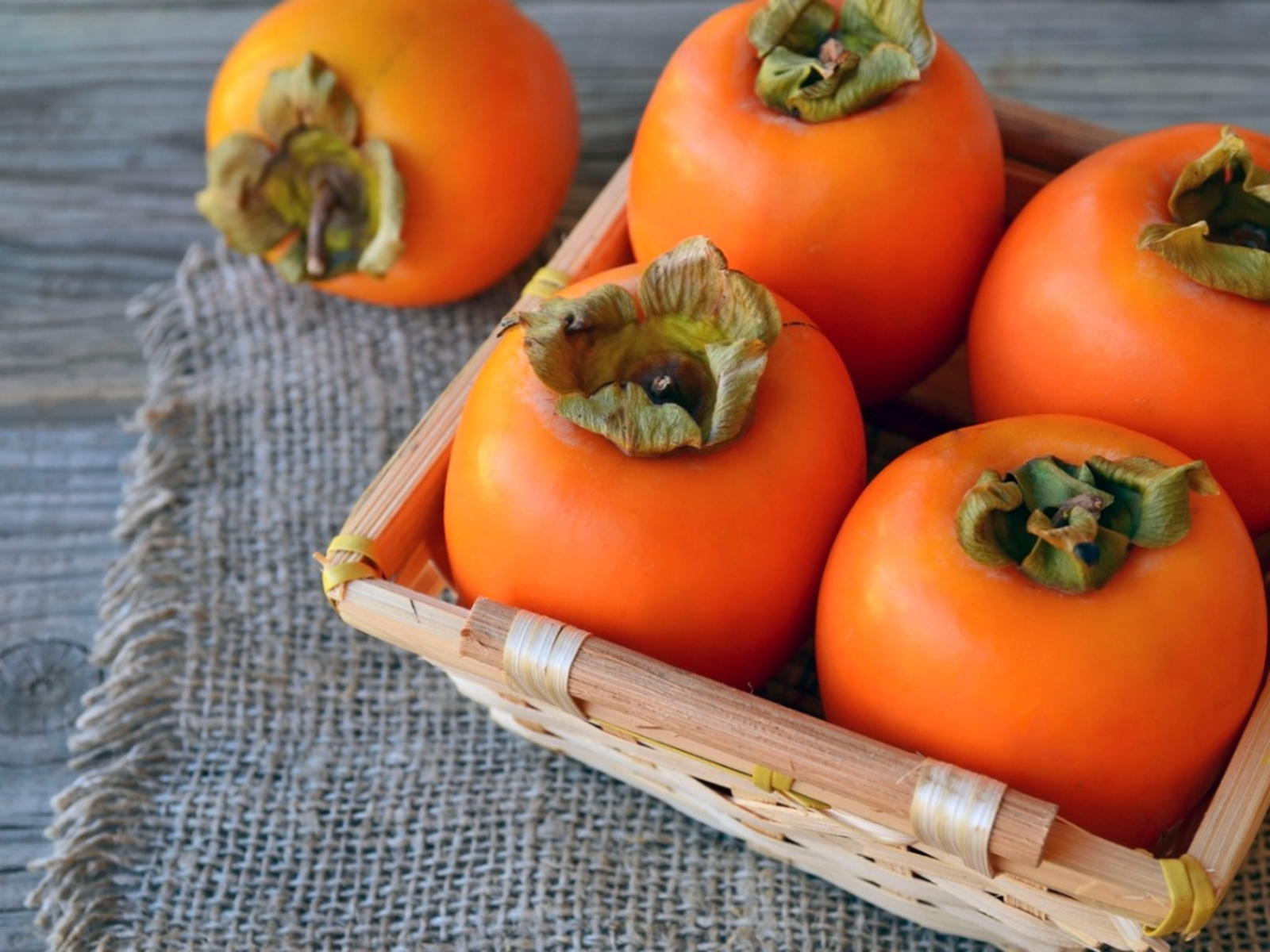



Persimmons are grown all over the Australian states, with half of the production hailing from Queensland. Moreover, this fruit is exported but the majority of the production is utilized in the fresh markets.
As of June 2020:
These vegetables are predominantly produced in southeast Queensland. Some of the other major producing areas include the Sydney Basin in New South Wales, Sunraysia, the Goulburn Valley and the Murray Valley regions in Victoria. Moreover, Riverland, located near the South Australian border, is also an avid producer of persimmons.
These vegetables are an excellent source of powerful antioxidants like carotenoids and flavonoids. Diets rich in these compounds have been linked to a reduced risk of certain diseases, including heart disease and diabetes.
Persimmons are high in important vitamins and minerals, including vitamins A, C and B, potassium and manganese. They also contain beneficial plant compounds like tannins and flavonoids.
Persimmons contain flavonoid antioxidants and tannins, which benefit heart health by reducing blood pressure, lowering inflammation and decreasing cholesterol levels.
Persimmons are rich in the powerful antioxidant vitamin C, which helps lower inflammation, a common cause of many diseases.
There is a small amount of these fruits that are internationally traded. Typically, there are much more imports than exports. As of June 2020, Australia exported 140 tonnes of this fruit.